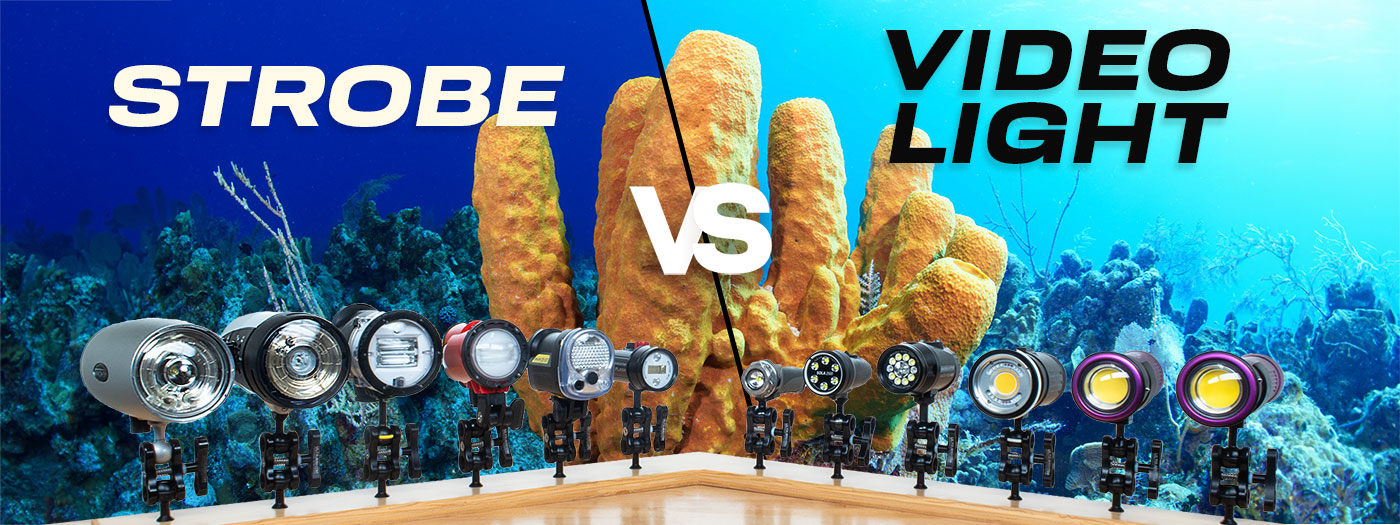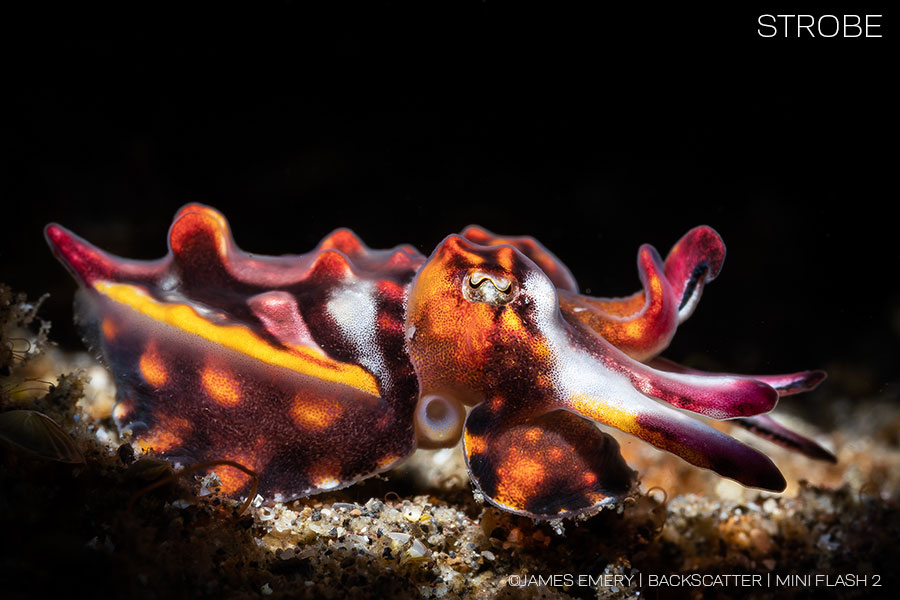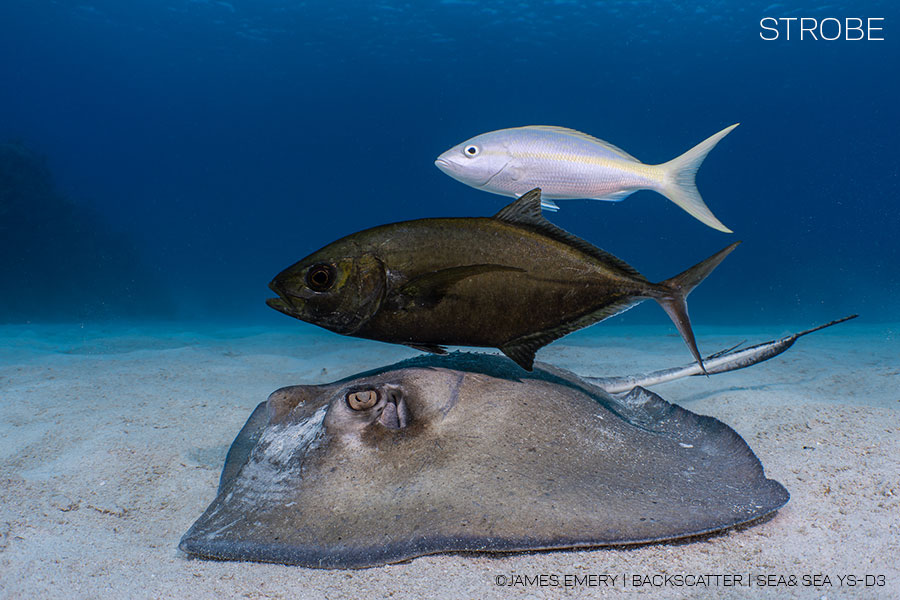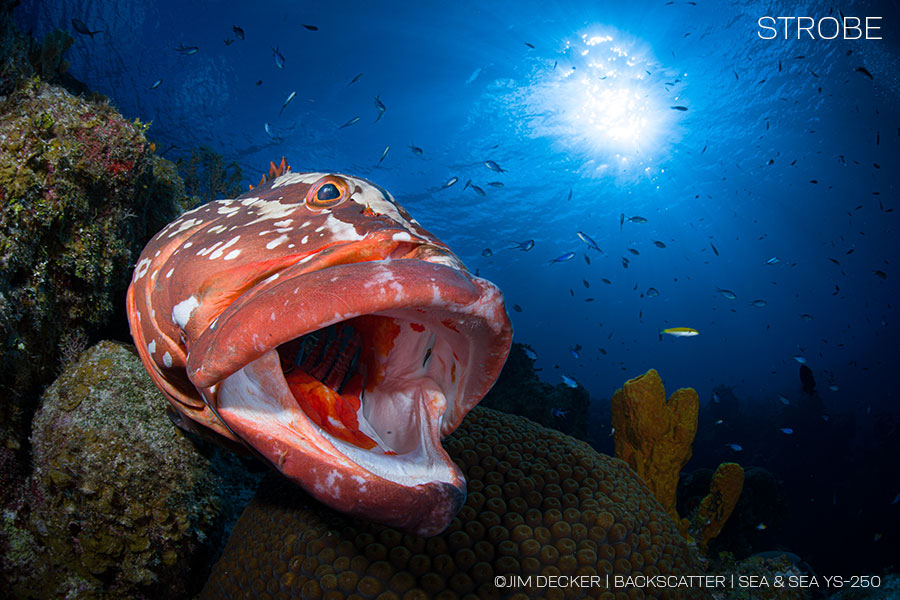
Video Lights Work, But Strobes Are Best For Photos
One of the most common questions at Backscatter is whether you can use video lights instead of strobes for underwater photography. The straightforward answer is that a strobe will always be better when shooting photos. However, in some circumstances, you can use a video light instead. This article will explore everything underwater photographers need to know about the differences between these two types of lighting and how they work for underwater photography.
Backscatter customers frequently ask about using video lights instead of strobes for photography, so this guide was created to explain the differences.
WATCH VIDEO: In this video, Backscatter breaks down the pros and cons of video lights vs. strobes for underwater photography.
WHY YOU NEED LIGHTING
Before getting into the limitations and best uses of video lights, it's fundamental to understand why underwater photography requires a light source in the first place.Highlight the Foreground Subject
The foreground subject is often the most critical part of the image, so getting plenty of light on it is vital to draw attention to it. Lighting the subject will also help separate it from the darker background, making it 'pop' more in the image.
Shooting with a strobe or video light is essential for highlighting subjects against a darker background and creating eye-catching, exciting images.
Mini Flash 2 Strobe | 1/250 | ISO 100 | ƒ16

The foreground subject is often the most critical part of the shot, so call plenty of attention to it with bright, even lighting.
Sea & Sea YS-D3 Strobe | 1/250 | ISO 400 | ƒ11
Restore Lost Colors and Create Contrast
Light is absorbed and scattered as one descends underwater, losing color and contrast in photos. Red and orange wavelengths are absorbed more quickly, making underwater scenes appear blue/cyan. Bringing a light source underwater will help restore the full spectrum of natural colors and enhance contrast.
Restore lost reds, oranges, and yellows for much better color and contrast by adding light to underwater images.
Sea & Sea YS-250 Strobe | 1/250 | ISO 200 | ƒ16



